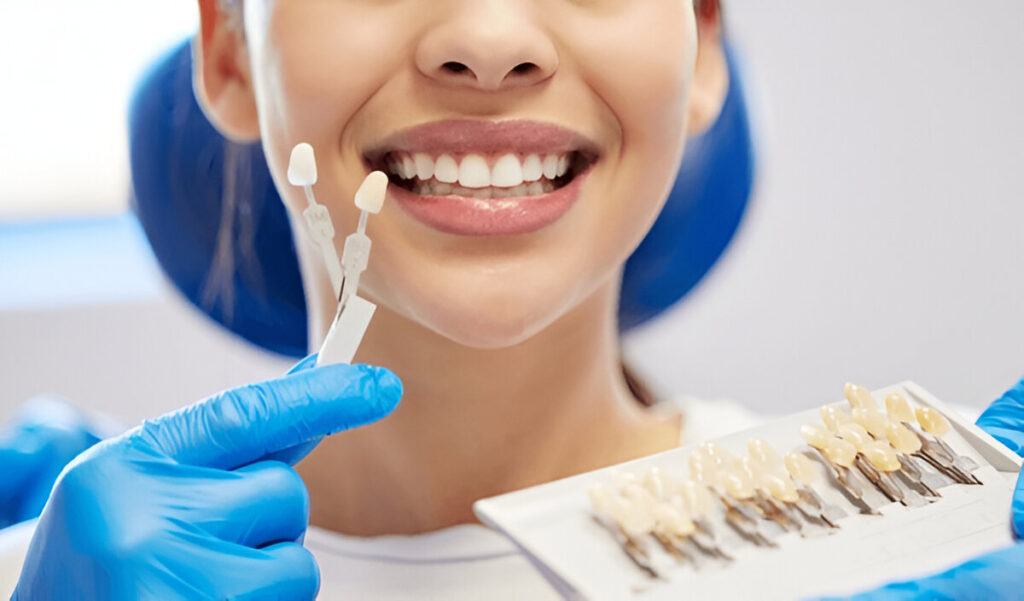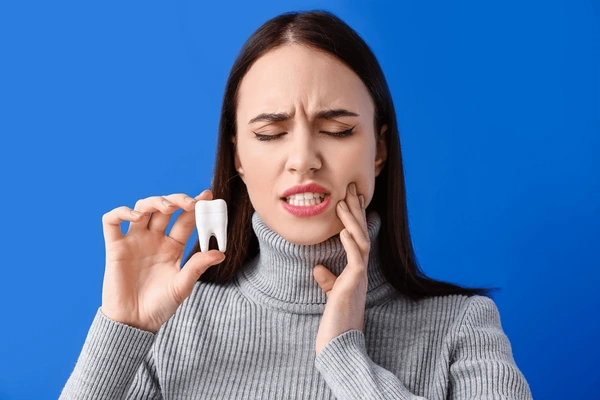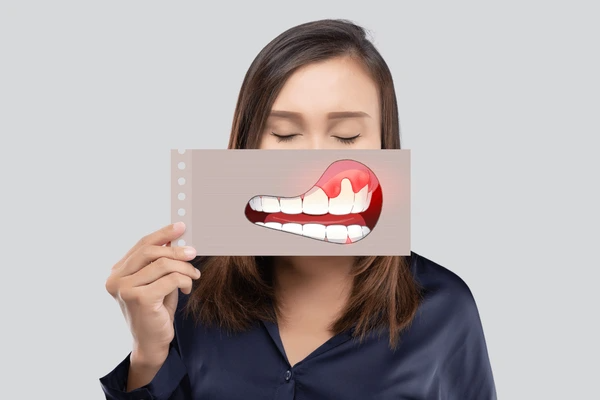Is Dental Care Free for Children in Scotland? A Parent’s Guide to Children’s Dental Services & Insurance

Maintaining the oral health of children in the best possible condition is of top priority to parents everywhere. Scotland’s health system offers complete dental care to children, in which accessibility and quality remain the two top goals. This article provides a close examination of the provision of free childrens dental care, how wide-ranging the services […]
How to Whiten Teeth Fast: Best Teeth Whitening Options That Actually Work

A bright, white smile is often equated with good health, confidence, and success. Regardless of whether you’re getting ready for a special event or simply want to love your smile, knowing how to whiten teeth in a hurry and without harming your teeth is important. The market today is full of solutions that claim to […]
The Shocking Truth: 10 Foods That Harm Your Teeth & Ruin Your Smile

Your smile is the first thing others see—and keeping it that way is more than just brushing and flossing. The food you eat plays a huge role in your oral health. While many pay attention to the best foods for a healthy mouth, the food bad for teeth doesn’t get enough attention. In this comprehensive […]
Teeth Whitening at Home Secrets: Natural Methods Backed by Dentists

A beaming smile can enhance confidence and leave a lasting impression. Professional whitening treatments ensure immediate results, yet many seek at-home teeth whitening tips that are effective and safe. The following comprehensive guide emphasizes natural dental hacks for teeth whitening at home, backed by dentists, such as how to obtain a whiter smile from home. […]
The Ultimate Guide to Teeth Whitening in Scotland: What Dentists Want You to Know

A healthy, radiant smile can be just the difference between how you look and feel. If you’re considering teeth whitening Scotland treatments, you’re not alone. It’s not unfamiliar for a number of people across Glasgow, Falkirk, and Stirling and beyond to search for ways to restore the whiteness of teeth naturally and enhance their smile. […]
Say Goodbye to Gum Disease: Easy At-Home Treatments That Actually Work!

Gum disease is a common oral health problem that plagues millions of individuals globally. Left untreated, it can develop into advanced periodontal disease, resulting in tooth loss and other systemic health problems. The good news is that gum disease treatment does not always mean a visit to the dentist there are some effective home remedies […]
Can Gum Disease Kill You? Shocking Truth & Best Treatments to Save Your Smile!

Gum disease is a prevalent but severe oral health disorder that impacts millions of individuals globally. Although most individuals overlook it as a trivial dental problem, the truth is much more shocking. Can gum disease kill you? No, gum disease itself is not an immediate cause of death, but its effect on general health can […]
The Ultimate Guide to Gum Disease Treatment: Symptoms, Stages & How to Reverse It

Gum disease, or periodontal disease, is a serious dental infection that affects millions of people worldwide. It is brought on by bacteria, plaque, and poor oral hygiene. If left untreated, gum disease can lead to tooth loss, gum recession, and even increase the risk of getting heart disease and diabetes. Fortunately enough, with appropriate gum […]
Grants for smiles: Are braces free in the UK?

Are braces free in the UK? Uncover the intricacies of orthodontic care in the United Kingdom, exploring eligibility for free braces under the NHS and delving into alternative options like clear aligners, lingual braces, and ceramic braces. Navigate the latest advancements such as digital impressions, teledentistry, and accelerated orthodontics while considering the affordability and collaborative […]
Exploring Orthodontic Glasgow: Finding the Perfect Smile

Introduction In the vibrant city of Glasgow, where culture meets modernity, Orthodontic Glasgow is at the forefront of the pursuit of a perfect smile—an integral part of personal wellness. Amidst the cobblestone streets and the dynamic cityscape, the importance of orthodontic care is accentuated by the commitment to excellence exhibited by Orthodontic Glasgow professionals. […]
